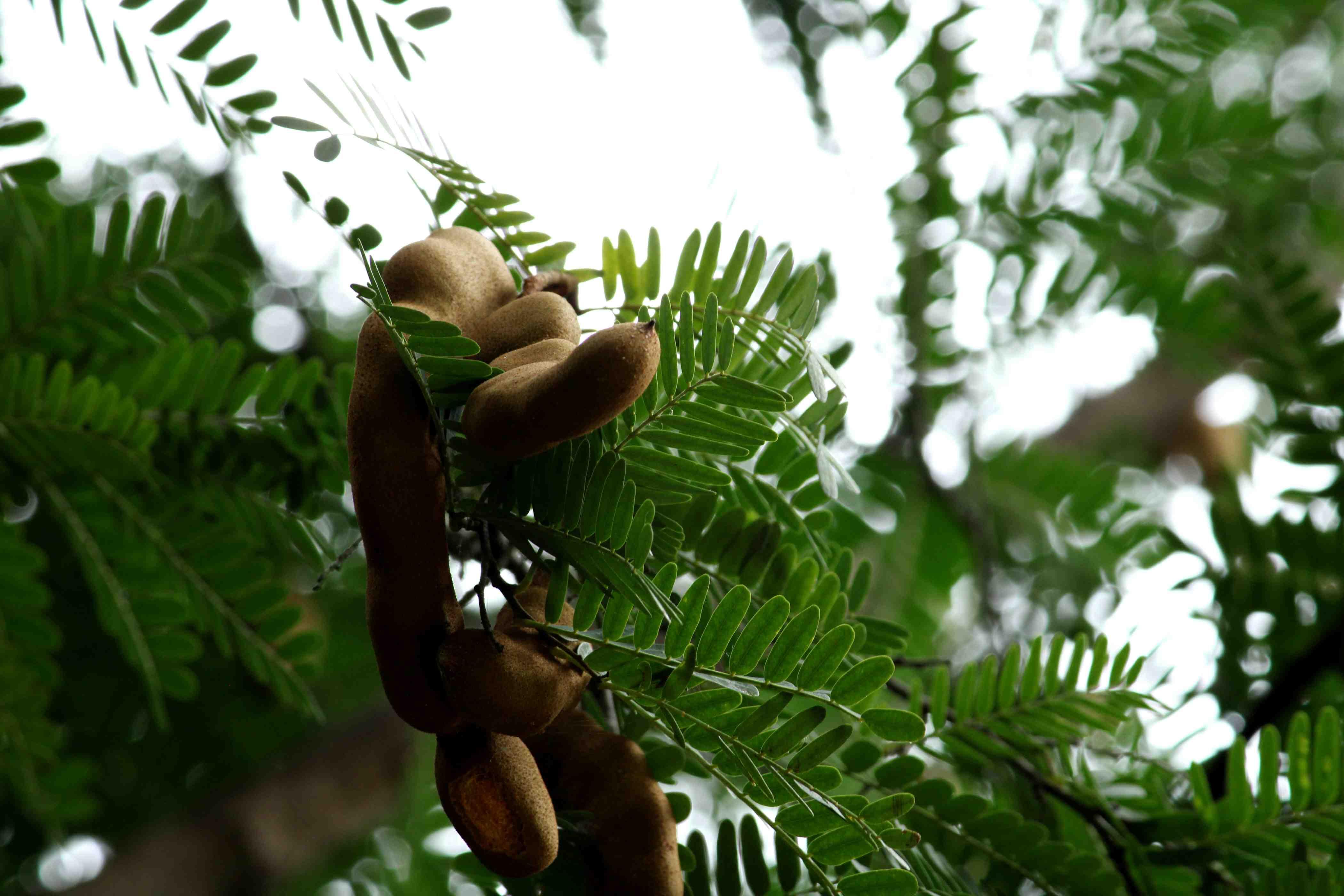Could Tamarind Be the Key to Ridding the Body of Microplastics for Good?
Could tamarind help us fully flush microplastics out of our bodies?
Published Oct. 16 2025, 12:42 p.m. ET

The unfathomably large amount of microplastics that humans ingest over any period of time has led to immense paranoia over the use of plastic in our everyday lives. It has also led to a great deal of scientific research into how microplastics are released, ingested, and if they can be detoxified by the body.
Speaking of, can the body rid itself of microplastics that have accumulated over time? Research into the link between tamarind and microplastics is promising.
While our concerns about microplastics ruining our health, sabotaging our well-being, and infesting our home run rampant, it is always encouraging when scientific minds offer solutions for real problems such as these. Could consumption of tamarind really help our bodies flush out microplastics that have been sitting dormant in our blood and bodies over time?
Let's dive into the research into tamarind and microplastics and assess whether or not this is a viable solution to this serious problem.

What is the link between tamarind and microplastics?
According to a Facebook post by Discovery Science+ in the public Neil deGrasse Tyson fan group, "Recent research suggests that tamarind may have the potential to bind to microplastics in the human body... Studies show how tamarind extracts interact with microplastic particles in controlled experiments. In laboratory tests, tamarind extracts were able to remove almost 90% of microplastics from water. The compounds in tamarind create natural polymers that can trap and carry away these particles."
It appears the research being referenced originated in March 2022, when a team of researchers at Tarleton State University, led by Dr. Rajani Srinivasan, demonstrated that plant extracts "have the power to remove microplastics from wastewater."
Dr. Srinivasan's team found that "polysaccharides from okra paired with those from fenugreek could best remove microplastics from ocean water, whereas polysaccharides from okra paired with those from tamarind worked best for freshwater samples."
That research was updated and published in the April 10, 2025, edition of the American Chemical Society publication, ACS Omega.
Entitled "Fenugreek and Okra Polymers as Treatment Agents for the Removal of Microplastics from Water Sources," there is actually no mention of tamarind as a means of removing microplastics from the environment or from the body.
How to get rid of microplastics in your body:
All of that said, it is important to know if there are any scientifically validated methods to get rid of microplastics from the human body. According to a report on health.com, "Luckily, not every plastic particle you encounter lingers in the body forever."
Per the source, larger microplastics (such as the ones ingested from plastic cutting boards) are processed through the colon and excreted through feces. Reducing microplastic exposure, too, is said to eventually lower the overall levels of microplastics in the body.
If you're feeling let down that there isn't one cure-all to eliminate all microplastics from the body, regardless of size, that's to be expected. Research, while ubiquitous, is still out on how to "cleanse" the body of microplastics.
It does appear to health experts, however, that eating healthy, antioxidant-rich foods can help your body contend with the plethora of microplastics that you ingest.
"Diets full of vegetables, nuts, and whole grains also have more fiber, which is good for the gut microbiome," per health.com.